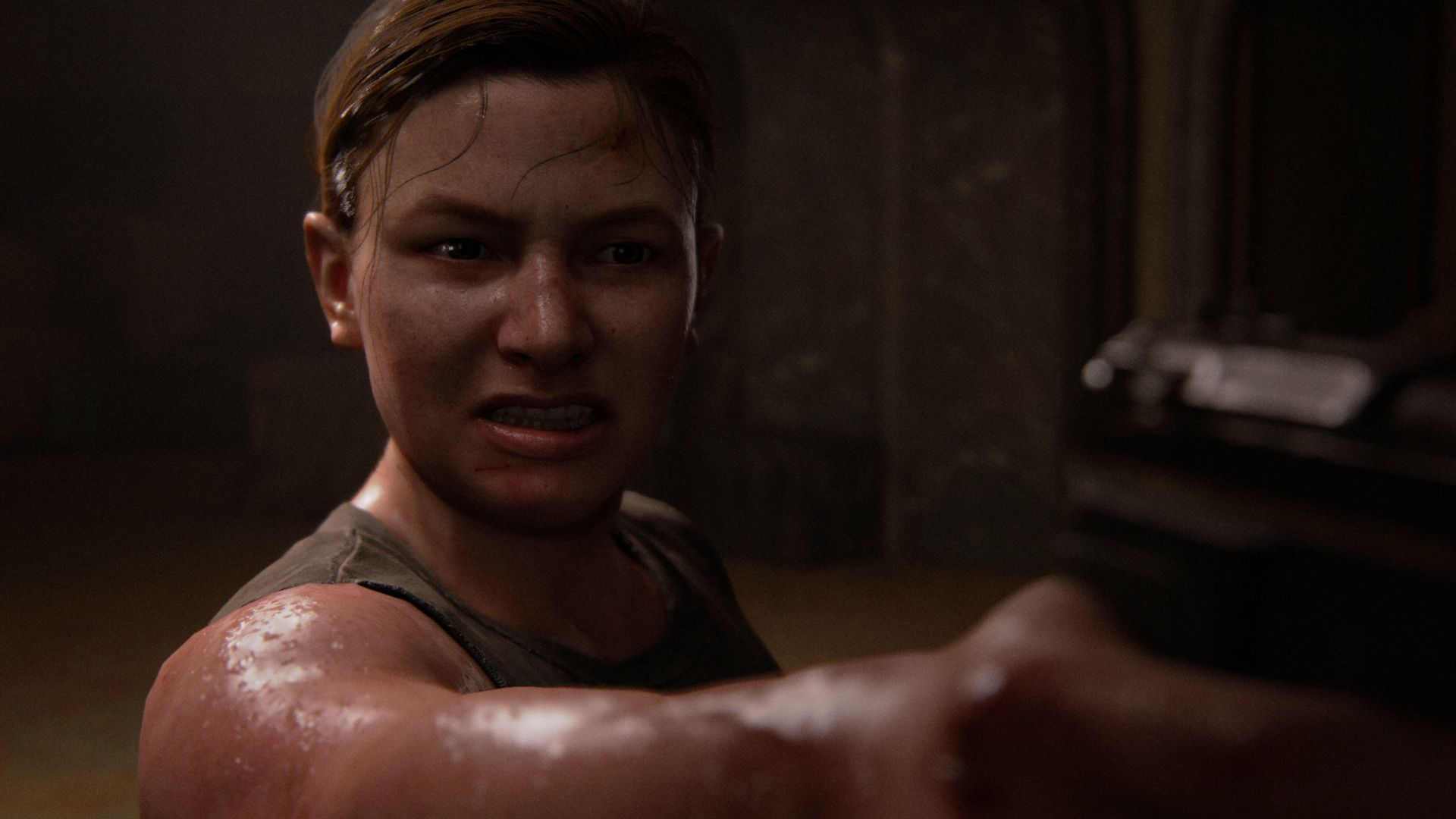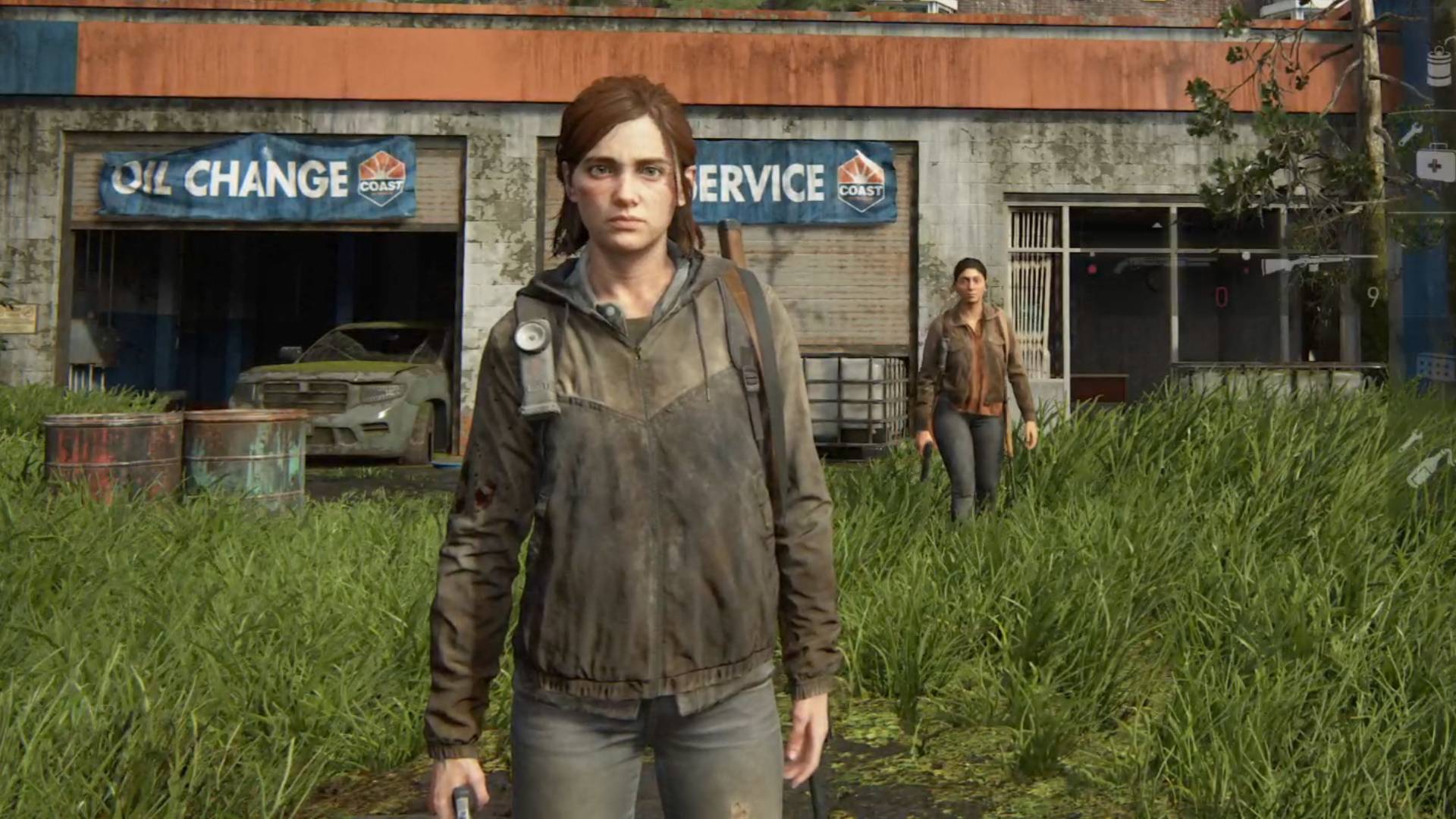
The Last of Us 2's roguelike mode is not like other roguelike modes. In my mind, this is a genre defined by a 'pea-shooter to power-fantasy' curve – ideally, from a rough start, you'll see the tools and upgrades you gather come together throughout a run to let you sweep aside any challengers. But The Last of Us Part 2 is not a power fantasy, and its roguelike mode is no exception.
The mode, dubbed No Return, lifts your choice of characters from much of the game's central cast and places them in a series of combat arenas. Each character has a slightly different playstyle – I start with Abby, who is granted a burst of healing after every melee kill, and later play as stealth-focused archer Lev. Tommy goes loud at long range with his signature rifle, while the likes of Ellie and Manny have fewer tools to play with at the start of the game. As you progress through each encounter – thinning out the ranks of Infected, WLF soldiers, or Seraphites coming after you – you'll gain resources that can be spent on new weapons, recipes, and upgrades as you approach the final boss.
In an interview at Sony's London office, game director Matthew Gallant describes No Return as something of an "arcade mode" for The Last of Us Part 2 Remastered. Far from a description of tone, however – No Return remains just as grounded as the original game – that's a note on how No Return is "consciously decoupled" from Naughty Dog's narrative canon. "We spent a lot of time on the original game really tightly coupling what was happening mechanically and what was happening in the combat so that you were carried on this journey, and you were feeling what that character was feeling. We knew we couldn't impart that same narrative connection in this mode."
Grounded
The narrative might be missing, but the intensity of The Last of Us Part 2's combat remains ever present. Even on the relatively easy difficulty levels we were encouraged to start with, my first run took nearly a full hour to reach its conclusion. In part, that's due to my proclivity for stealth – once I was offered the crossbow in the shop you can visit between levels, even as Abby I couldn't turn it down, leading my run in a slower, more silent direction than I originally intended. But it's also because I remember how quickly The Last of Us can turn on you; how a single stray bullet can bring half a horde down on top of you, how unforgiving a single blast of an enemy's shotgun can be.
From the very first levels, I had my head on a swivel, desperately listening out to find the WLF soldiers hunting me, or watching to find the perfect place to ambush a Clicker without getting caught. One level was a desperate dance through the cracked drywall of a dilapidated Hillcrest house that only ended when I managed to headshot a Seraphite with my final bullet a moment before they took the shot that would have finished my run. Even as I upgraded weapons or bought myself powerful new crafting recipes, I never felt more that one unfortunate moment away from the end – a premonition that came true as a Shambler blindsided me in a frantic, close-quarters fight against a Bloater at the end of my first run.

That precariousness is entirely by design. Gallant points out how No Return is, in part, designed with the The Last of Us' combat experts in mind, forcing them to reconsider aspects of the game they might think they know by heart. "If you're someone who really loves the combat," he says while explaining the design inspiration behind the mode, "you're pretty limited in what you can do once you've finished the game. You can go back and replay the encounters, but at a certain point you will play those encounters every way they can be played and you'll have optimized your strategies around them." With No Return, Naughty Dog wants to shake those players up," to shock them, to make them think on their feet, to choose strategies or items or weapons that maybe they didn't use as much when they played the story."
Gallant references my run, which I caught him watching over my shoulder after that Shambler incident. As Abby, I'd expected a weighty, aggressive, melee-focused build. But No Return shows you what you'll be going up against before you enter each level, and knowing that I'd be facing Infected, the crossbow that appeared in my shop was a godsend that changed the face of the rest of my run – that is, until I reached the final boss, swapping for a shotgun in an attempt to take down that Bloater. As Gallant tells it, "maybe the crossbow isn't your jam, but you're in this situation. II think giving players the opportunity to really explore the breadth of crafting, of, the stealth, the gunplay is really exciting."
Look to the Light
Before playing No Return, I'd wondered about how the grounded combat that Naughty Dog was clearly so keen to recapture would marry with the inherently arcade stylings of the roguelike genre. Gallant himself mentions characters appearing in locations that make little narrative sense – many don't even survive the game itself, or barely ever see some of the combat arenas. Add to that a few of the more visual arcade stylings and the existence of game-altering mods, and it would be easy to lose The Last of Us in pursuit of this new mode.
Yet the frantic, desperate, violent sense of struggle that underpinned the narrative of The Last of Us 2 is here, doled out in just strong enough a dosage while Naughty Dog might have decoupled from the story, you never lose sight of the world. For fans, it would be well worth the $10 upgrade fee on its own, let alone everything else packaged in with the remaster. For me, someone who saw the merit in what Naughty Dog had created but could find little joy in its story, No Return is an excellent encapsulation of what I could enjoy – not the creation of a new genre, but a deeply effective realization of how systems limited by story can be expanded by a new perspective.
Tommy's actor says voice work on The Last of Us 3 hasn't begun "in any fashion"







